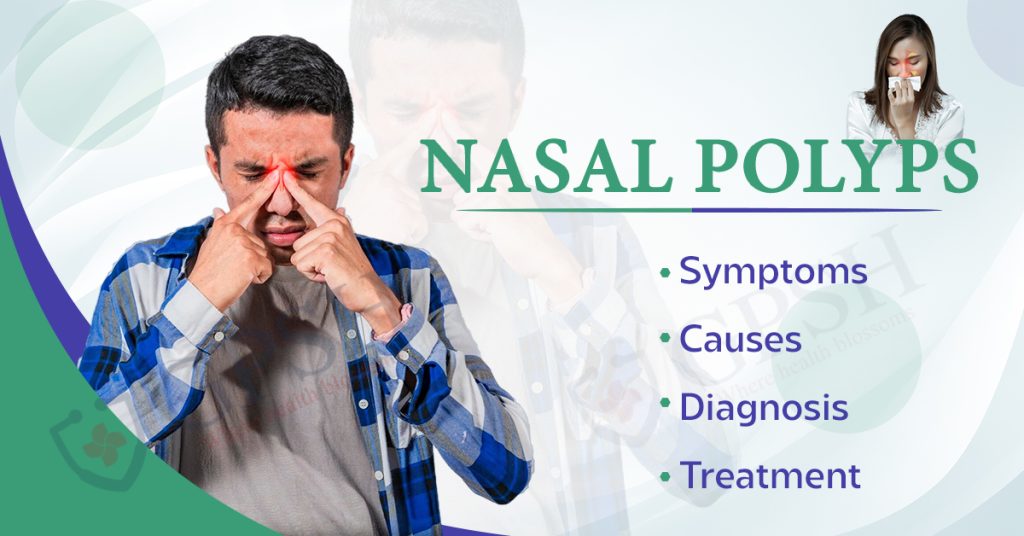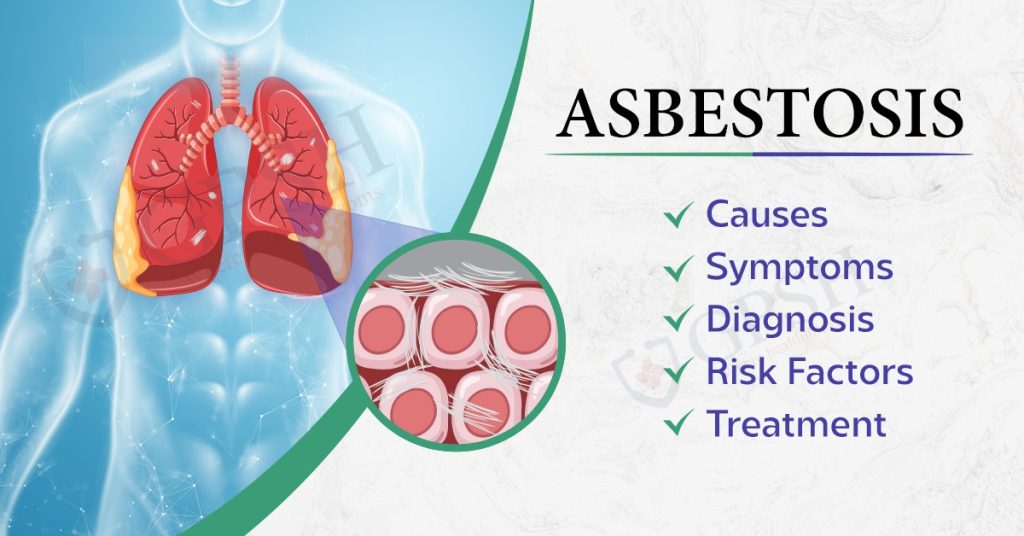Introduction
High cholesterol is a prevalent health condition characterized by an elevated level of low-density lipoprotein (LDL) cholesterol in the blood. It is a significant risk factor for various cardiovascular diseases, including heart attack and stroke. Understanding the causes, effects, and management of high cholesterol is crucial for maintaining heart health. In this article, we will delve into the causes, associated health risks, and effective management strategies to mitigate its impact on overall well-being.
What is High Cholesterol?
High cholesterol, medically known as hypercholesterolemia, is a health condition characterized by an elevated level of low-density lipoprotein (LDL) cholesterol in the blood. LDL cholesterol is often referred to as “bad” cholesterol because it can lead to the buildup of fatty deposits in the arteries, increasing the risk of cardiovascular diseases such as heart attack and stroke. High cholesterol can also involve elevated levels of total cholesterol and triglycerides.
LDL vs HDL Cholesterol
LDL (Low-Density Lipoprotein) Cholesterol:
● LDL cholesterol is often referred to as “bad” cholesterol.
● It contributes to the buildup of fatty deposits in the arteries.
● High levels of LDL cholesterol increase the risk of cardiovascular diseases, such as heart attack and stroke.
● LDL cholesterol carries cholesterol from the liver to cells, where it’s used for various functions, but excess LDL cholesterol can build up in the arterial walls.
HDL (High-Density Lipoprotein) Cholesterol:
● HDL cholesterol is often referred to as “good” cholesterol.
● It helps remove LDL cholesterol from the arteries.
● High levels of HDL cholesterol are associated with a lower risk of heart disease.
● HDL cholesterol carries cholesterol away from the arteries to the liver, where it is processed and eliminated from the body.
Symptoms of High Cholesterol
High cholesterol typically doesn’t manifest with noticeable symptoms. The only way to detect high cholesterol is through a blood test. However, extremely high cholesterol levels may lead to visible symptoms. Here are some potential signs and symptoms of high cholesterol:
● Angina (chest pain): This can be a symptom of coronary artery disease caused by atherosclerosis (narrowing of the arteries).
● Heart attack: High cholesterol can lead to the formation of plaques in the arteries, potentially causing a heart attack.
● Stroke: Cholesterol plaques in the arteries can cause a blockage leading to a stroke.
● Pain while walking: This is known as claudication and is caused by narrowed arteries due to cholesterol plaques, reducing blood flow to your limbs.
● Xanthomas: Fatty deposits that appear as small, yellowish-white lumps, often found on tendons in the hands and feet and around the eyes. They are a sign of high cholesterol levels.
● Corneal arcus: A white or grayish ring around the cornea of your eye, often in people over 40. It’s not harmful on its own, but it can be a sign of high cholesterol.
● Peripheral arterial disease (PAD): Reduced blood flow to the limbs, leading to leg pain while walking.
● Fatigue: Experiencing unusual tiredness or weakness could be a symptom, but it is not specific to high cholesterol.
Causes of High Cholesterol
High cholesterol is often caused by a combination of factors, including genetics, lifestyle, and diet. Here are the main causes:
● Unhealthy Diet: Foods high in saturated and trans fats, such as red meat, full-fat dairy products, and processed foods, can increase LDL (bad) cholesterol.
● Obesity: Being overweight or obese tends to increase LDL cholesterol and lower HDL (good) cholesterol.
● Lack of Physical Activity: Regular physical activity can help lower LDL cholesterol and raise HDL cholesterol.
● Smoking: Smoking damages blood vessels, making them more likely to accumulate fatty deposits. This can lead to higher cholesterol levels.
● Genetics: High cholesterol can run in families. Genetic conditions like familial hypercholesterolemia can cause very high levels of LDL cholesterol.
● Age and Gender: Cholesterol levels tend to rise with age. Before menopause, women generally have lower total cholesterol levels than men of the same age. After menopause, however, women’s LDL cholesterol levels tend to rise.
● Diabetes: High blood sugar levels can increase LDL cholesterol and lower HDL cholesterol.
● Underlying Health Conditions: Certain conditions, such as hypothyroidism, kidney disease, and liver disease, can cause high cholesterol.
● Medications: Some medications, such as certain diuretics, beta-blockers, and birth control pills, can increase LDL cholesterol and decrease HDL cholesterol.
● Alcohol: Excessive alcohol consumption can lead to high cholesterol levels.
● Stress: Chronic stress may indirectly raise cholesterol levels through unhealthy lifestyle choices, such as poor diet and lack of exercise.
Risk Factors of High Cholesterol
Several risk factors contribute to the development of high cholesterol. Understanding these risk factors can help individuals take preventive measures and seek appropriate treatment. Here are the main risk factors for high cholesterol:
● Poor Diet: Eating too much-saturated fat or trans fats can result in unhealthy cholesterol levels. Saturated fats are found in fatty cuts of meat and full-fat dairy products. Trans fats are often found in packaged snacks or desserts.
● Obesity: Having a body mass index (BMI) of 30 or greater puts you at risk of high cholesterol.
● Lack of Exercise: Regular physical activity helps boost your body’s HDL, the “good” cholesterol.
● Smoking: Cigarette smoking may lower your level of HDL, the “good” cholesterol.
● Alcohol: Drinking too much alcohol can increase your total cholesterol level.
● Age: Even young children can have unhealthy cholesterol, but it’s much more common in people over 40. As you age, your liver becomes less able to remove LDL cholesterol.
Complications of High Cholesterol
High cholesterol can lead to a dangerous accumulation of cholesterol and other deposits on the walls of your arteries, a condition known as atherosclerosis. These deposits (plaques) can reduce blood flow through your arteries, causing various complications, including:
● Chest Pain (Angina): When the arteries that supply your heart with blood (coronary arteries) are affected, you might experience chest pain and other symptoms of coronary artery disease.
● Heart Attack (Myocardial Infarction): If plaques tear or rupture, a blood clot can form at the plaque-rupture site, blocking the flow of blood or breaking free and plugging an artery downstream. If blood flow to part of your heart stops, you’ll have a heart attack.
● Stroke (Cerebrovascular Accident): Similar to a heart attack, a stroke occurs when a blood clot blocks blood flow to part of your brain.
Diagnosis of High Cholesterol
Diagnosis of high cholesterol is typically done through a simple blood test called a lipid panel or lipid profile. A lipid panel is a simple blood test that measures cholesterol levels. You might be asked to fast for 9 to 12 hours before blood is drawn for an accurate measurement. This test measures several types of cholesterol and triglycerides in your blood. The general guidelines for cholesterol levels are as follows:
● Total Cholesterol:
○ Desirable: Less than 200 mg/dL
○ Borderline high: 200-239 mg/dL
○ High: 240 mg/dL and above
● LDL (Low-Density Lipoprotein) Cholesterol (the “bad” cholesterol):
○ Optimal: Less than 100 mg/dL
○ Near-optimal: 100-129 mg/dL
○ Borderline high: 130-159 mg/dL
○ High: 160-189 mg/dL
○ Very high: 190 mg/dL and above
● HDL (High-Density Lipoprotein) Cholesterol (the “good” cholesterol):
○ High: 60 mg/dL and above
○ Average: 40-59 mg/dL
○ Poor: Less than 40 mg/dL
● Triglycerides:
○ Normal: Less than 150 mg/dL
○ Borderline high: 150-199 mg/dL
○ High: 200-499 mg/dL
○ Very high: 500 mg/dL and above
Treatment of High Cholesterol
The treatment of high cholesterol typically involves lifestyle changes, medications, or a combination of both.
Lifestyle Changes:
● Dietary Adjustments:
○ Reduce saturated fats and trans fats.
○ Increase soluble fiber intake.
○ Consume healthy fats such as mono- and polyunsaturated fats.
○ Include omega-3 fatty acids in your diet.
○ Utilize foods enriched with plant sterols and stanols.
● Regular Exercise: Aim for at least 30 minutes of moderate-intensity exercise most days of the week.
● Smoking Cessation: Quit smoking to improve HDL (good) cholesterol levels and reduce vascular damage.
● Weight Management: Gradual weight loss through a combination of exercise and a healthy diet can lower LDL cholesterol and total cholesterol levels.
Medications:
● Statins: Atorvastatin (Lipitor), simvastatin (Zocor), rosuvastatin (Crestor), etc.
● PCSK9 Inhibitors: Evolocumab (Repatha), Alirocumab (Praluent).
● Bile Acid Sequestrants: Cholestyramine (Prevalite), colesevelam (Welchol), colestipol (Colestid).
● Cholesterol Absorption Inhibitors: Ezetimibe (Zetia).
● Fibrates: Fenofibrate (TriCor, Fenoglide), gemfibrozil (Lopid).
● Niacin (nicotinic acid).
● Combination Cholesterol Absorption Inhibitor and Statin: Ezetimibe-simvastatin (Vytorin).
Other Treatments:
● Apheresis: Removes LDL cholesterol from the blood.
● Plant-Based Supplements: Red yeast rice (requires medical supervision).
Regardless of the treatment plan, it’s crucial to monitor cholesterol levels regularly. This helps track the effectiveness of treatment and ensures that cholesterol levels remain within a healthy range.
Conclusion
At Shekhawati Hospital Jaipur, recognized as the Best Endocrine Hospital in Jaipur, we emphasize the importance of addressing high cholesterol. High cholesterol is a significant risk factor for heart disease. Through a combination of lifestyle adjustments and, when necessary, medication, managing cholesterol levels becomes achievable. Our expert team at Shekhawati Hospital Jaipur is dedicated to providing comprehensive care, guiding patients towards a healthier lifestyle, and offering effective medical interventions. Regular monitoring ensures that cholesterol levels remain within a healthy range. Trust us for personalized, effective, and compassionate care in managing high cholesterol and promoting heart health.












